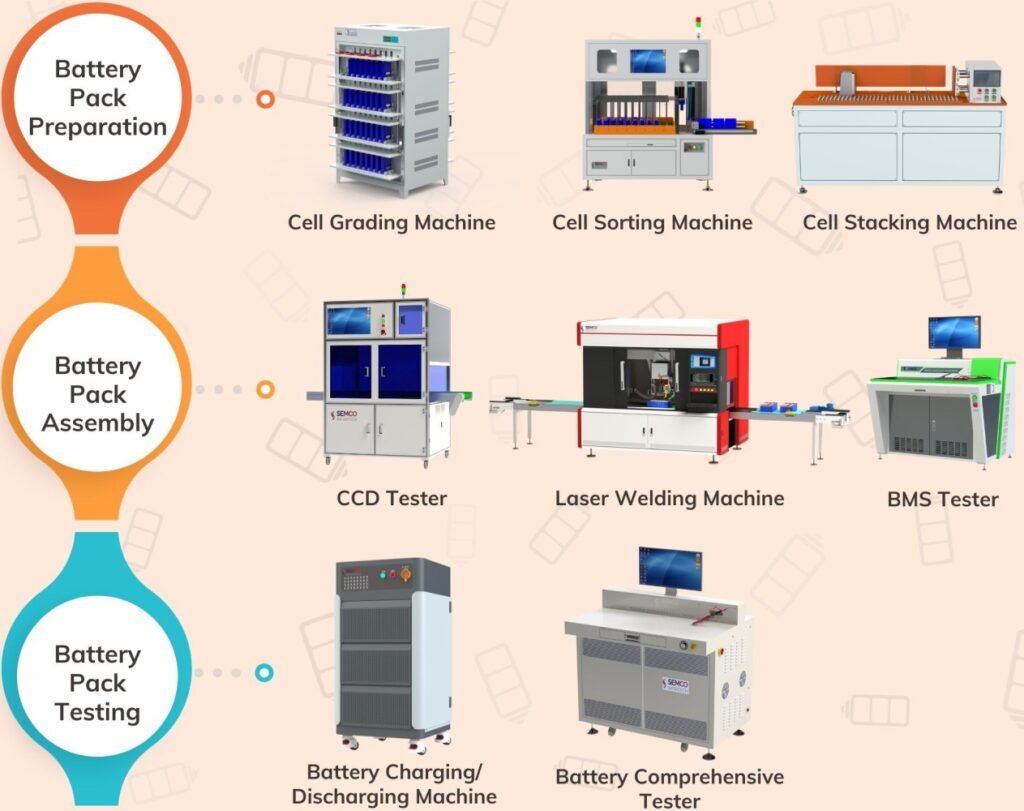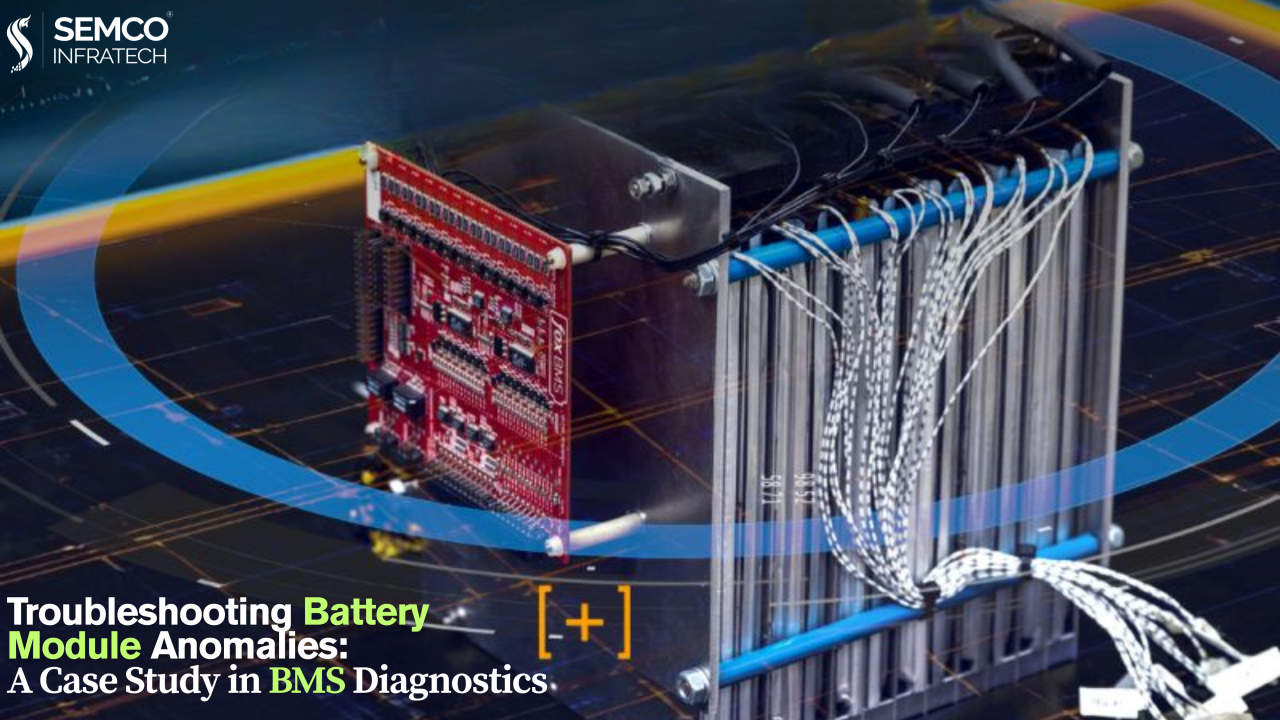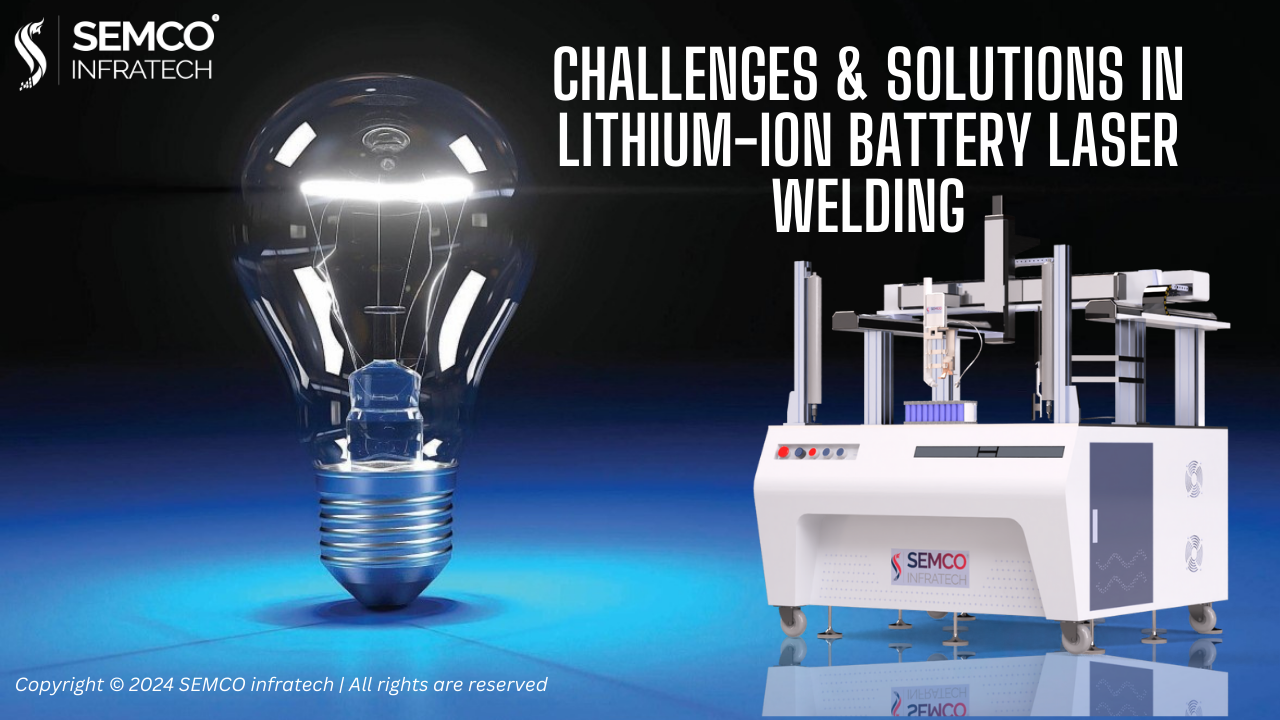As the energy landscape evolves, Semco Infratech is proud to lead the charge in delivering scalable and intelligent Battery Energy Storage Systems (BESS) that drive India’s clean energy transition. With a complete suite of battery assembly line solutions, we ensure that every stage—from individual cell handling to full containerized energy storage—is engineered for performance, safety, and sustainability.
What is BESS?
Battery Energy Storage Systems (BESS) are sophisticated technologies designed to store energy for later use. They play a crucial role in balancing supply and demand, stabilizing the grid, and ensuring uninterrupted power supply, especially when renewable sources like solar and wind are intermittent.
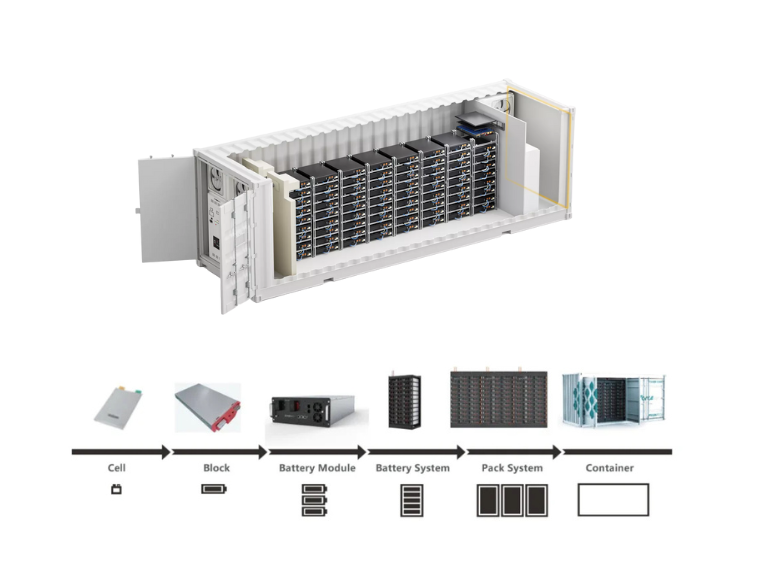
Our Comprehensive BESS Solution: From Cell to Container
The image above illustrates the meticulous process and robust architecture behind our BESS solutions:
- Cell: The foundation of our system starts with high-quality battery cells, engineered for safety, longevity, and performance.
- Block: Cells are assembled into blocks, optimizing energy density and reliability.
- Battery Module: Blocks are integrated into battery modules, each equipped with advanced battery management systems.
- Battery System: Modules are combined to form a battery system, offering scalable storage capacity.
- Pack System: Multiple battery systems are grouped into pack systems, tailored to meet specific energy requirements.
- Container: Finally, these packs are housed in robust, climate-controlled containers, ready for deployment across diverse environments—from remote solar farms to urban substations.
This modular approach ensures flexibility, scalability, and ease of maintenance, making our BESS solutions ideal for a wide range of applications.
At the core of Semco’s value proposition is our state-of-the-art battery assembly line, which enables manufacturers and integrators to produce battery systems at scale with reliability and speed.
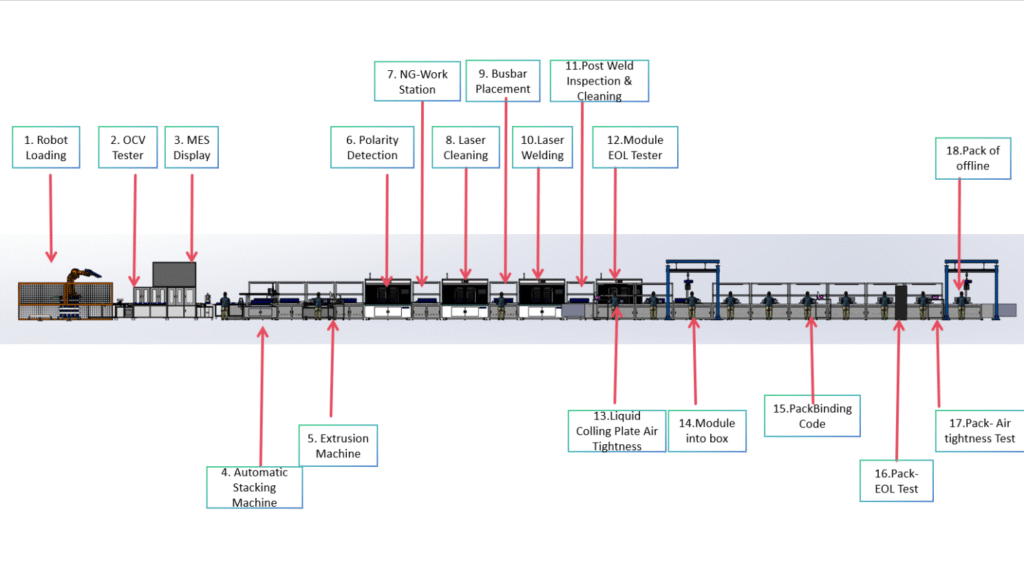
Here’s how we support each stage:
1. Battery Pack Preparation
• Cell Grading Machine: This crucial first step ensures that only cells meeting the highest standards are selected. It’s about quality control from the get-go!
• Cell Sorting Machine: After grading, cells are sorted based on their specifications, optimizing the performance of the final battery pack.
• Cell Stacking Machine: Precision stacking is vital for optimal performance and safety. This machine automates the process, ensuring accuracy.
2. Battery Pack Assembly
• CCD Polarity Tester: This equipment is used for precise alignment and assembly of battery components, enhancing the overall efficiency of the production process.
• Cell Welding Machines: These machines are crucial for securely joining individual cells together, creating a robust and reliable battery pack.
• BMS Testing Machine: Battery Management System (BMS) testing machines ensure that the battery packs have the necessary technology to monitor and manage the battery’s performance.
